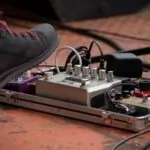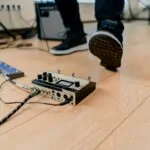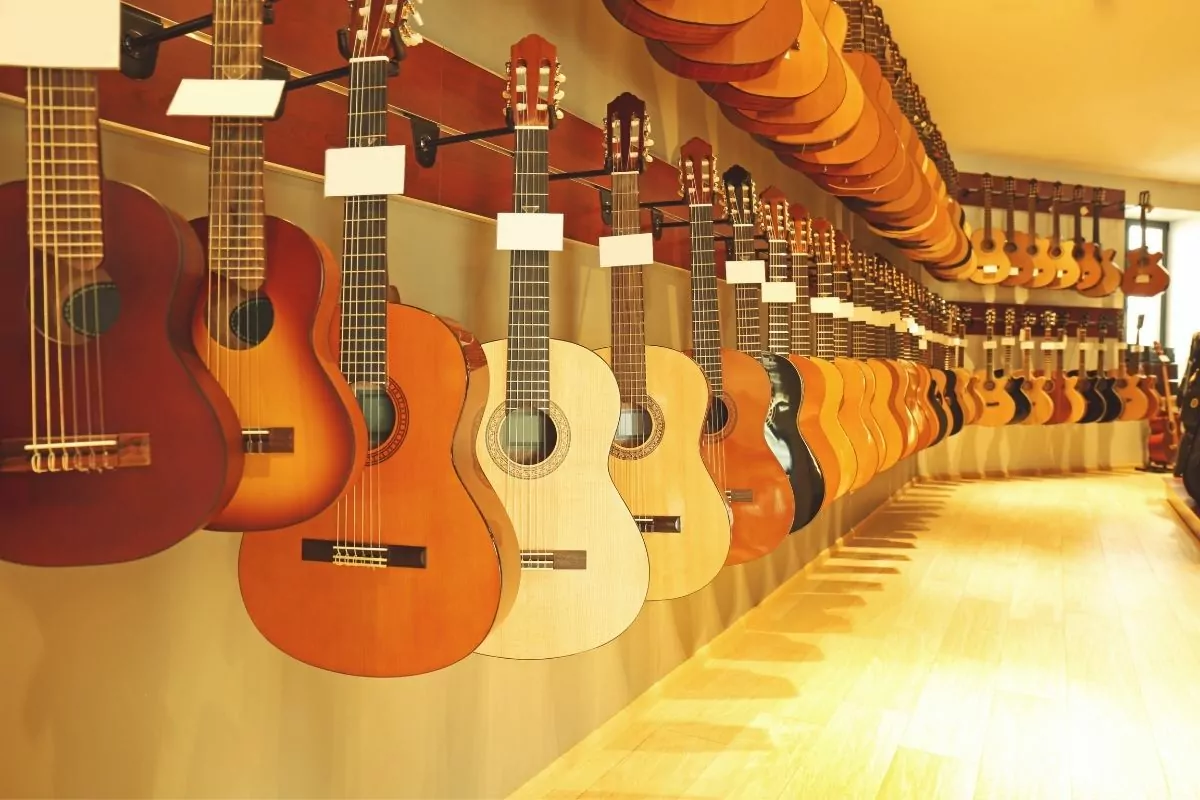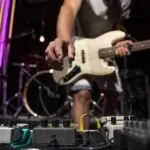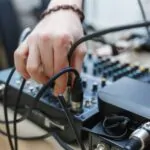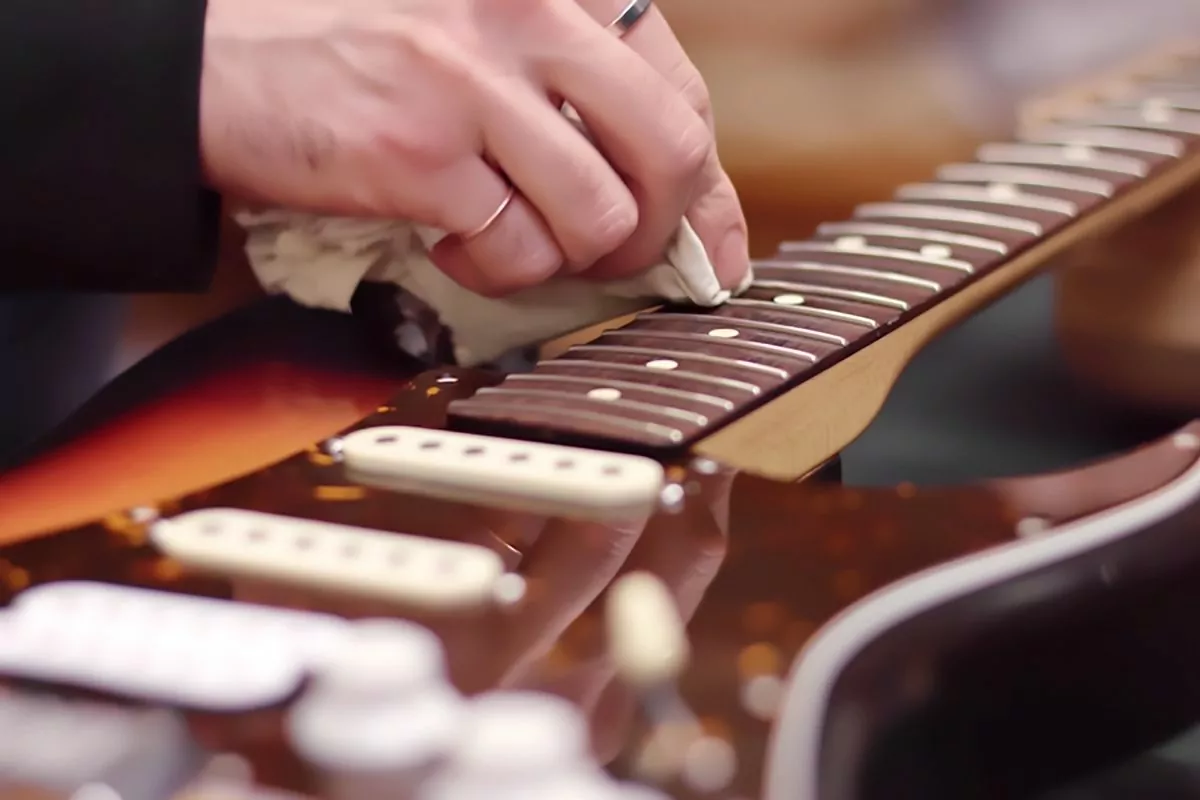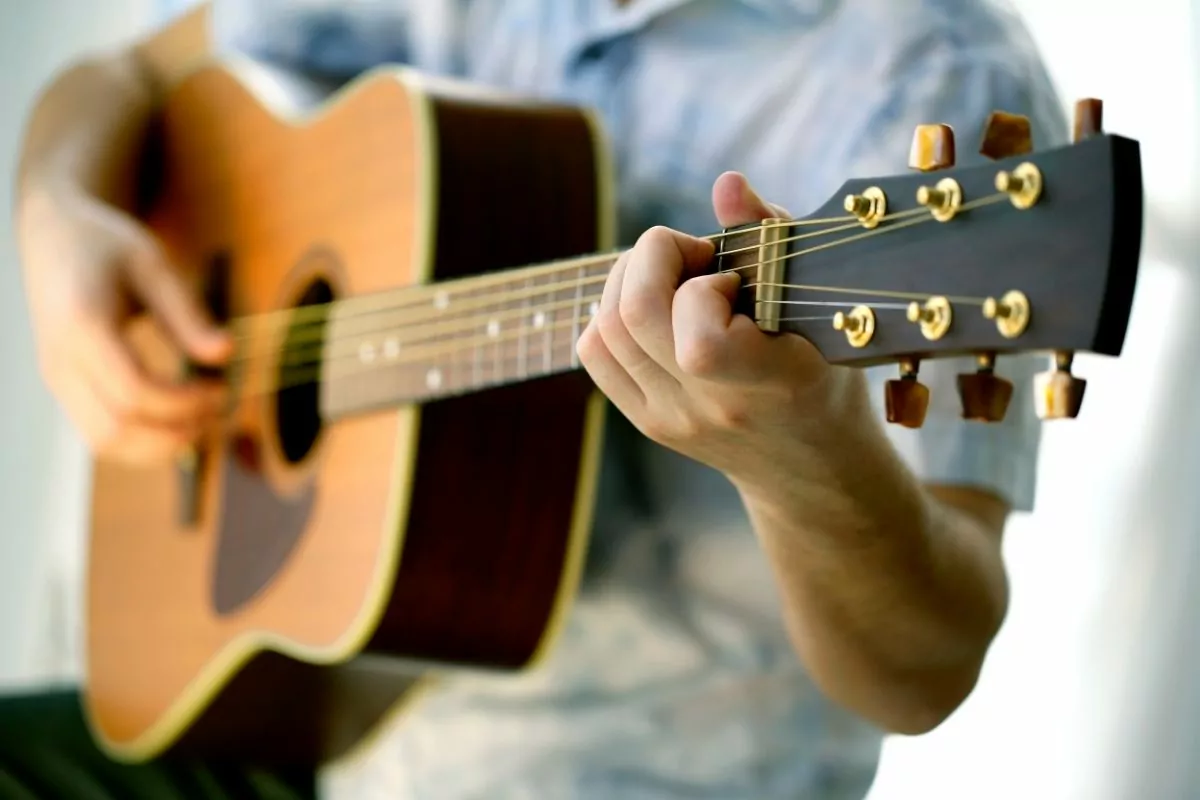As a guitarist, you may have heard of the term “guitar pedal order.” It refers to the sequence in which you place your pedals on your pedalboard.
The order can significantly affect the sound and tone of your guitar playing. Knowing the right pedal order can help you create the desired sound and achieve the best results.
Understanding guitar pedal order can be overwhelming, especially for beginners. It involves various types of pedals and effects, each with its unique function and placement. However, with the right knowledge and guidance, you can set up your pedalboard like a pro and create your signature sound.
In this article, I will guide you through the basics of guitar pedal order, including dynamics and gain staging, modulation and tone shaping, time-based effects and ambience, advanced configurations, and frequently asked questions.
Check out these other posts:
Key Takeaways on Guitar Pedal Order
- Placing your pedals in the right order can significantly affect the sound and tone of your guitar playing.
- Understanding guitar pedal order involves knowing the various types of pedals and effects, each with its unique function and placement.
- By following the basics of guitar pedal order, you can set up your pedalboard like a pro and create your signature sound.
Check out these other top picks:
- MXR 10 Band EQ Settings Guide
- EQ Pedal Placement
- Parametric EQ vs Graphic EQ: A Comprehensive Guide to Choosing The Best
Understanding Guitar Pedal Order
Understanding guitar pedal order is crucial to crafting your desired tone. The order in which you connect your pedals can have a significant impact on the overall sound of your signal chain. In this section, I will cover the basics of signal chain and the role of buffers in guitar pedal order.
Signal Chain Basics
The signal chain is the path that your guitar signal takes from the guitar to the amp. The order in which you connect your pedals in this path can significantly impact the final sound. There are several ways to set up your signal chain, and the most common way is to start with a clean boost or compressor pedal, followed by distortion, modulation, delay, and reverb pedals.
The signal chain can be divided into two main sections: preamp and postamp. Preamp pedals, such as overdrive and distortion pedals, affect the tone of your guitar before it reaches the amplifier’s preamp stage.
Postamp pedals, such as delay and reverb pedals, affect the tone of your guitar after it has passed through the amplifier’s preamp stage.
The Role of Buffers
Buffers are a type of pedal that can help you maintain the integrity of your signal chain. A buffer is a device that increases the impedance of your signal, preventing it from losing high-end frequencies as it travels through long cables and multiple pedals.
When you have several pedals in your signal chain, the impedance of your signal can drop, resulting in a loss of high-end frequencies and a decrease in overall tone quality.
Buffers can be placed at the beginning or end of your signal chain, depending on your preference. If you have a lot of pedals in your signal chain, it is a good idea to place a buffer at the beginning to maintain the integrity of your signal. If you only have a few pedals, you can place a buffer at the end to ensure that your signal reaches the amp with its full tone intact.
Understanding guitar pedal order is crucial to crafting your desired tone. By following the basics of signal chain and utilizing buffers, you can maintain the integrity of your signal and achieve your desired tone.
Dynamics and Gain Staging
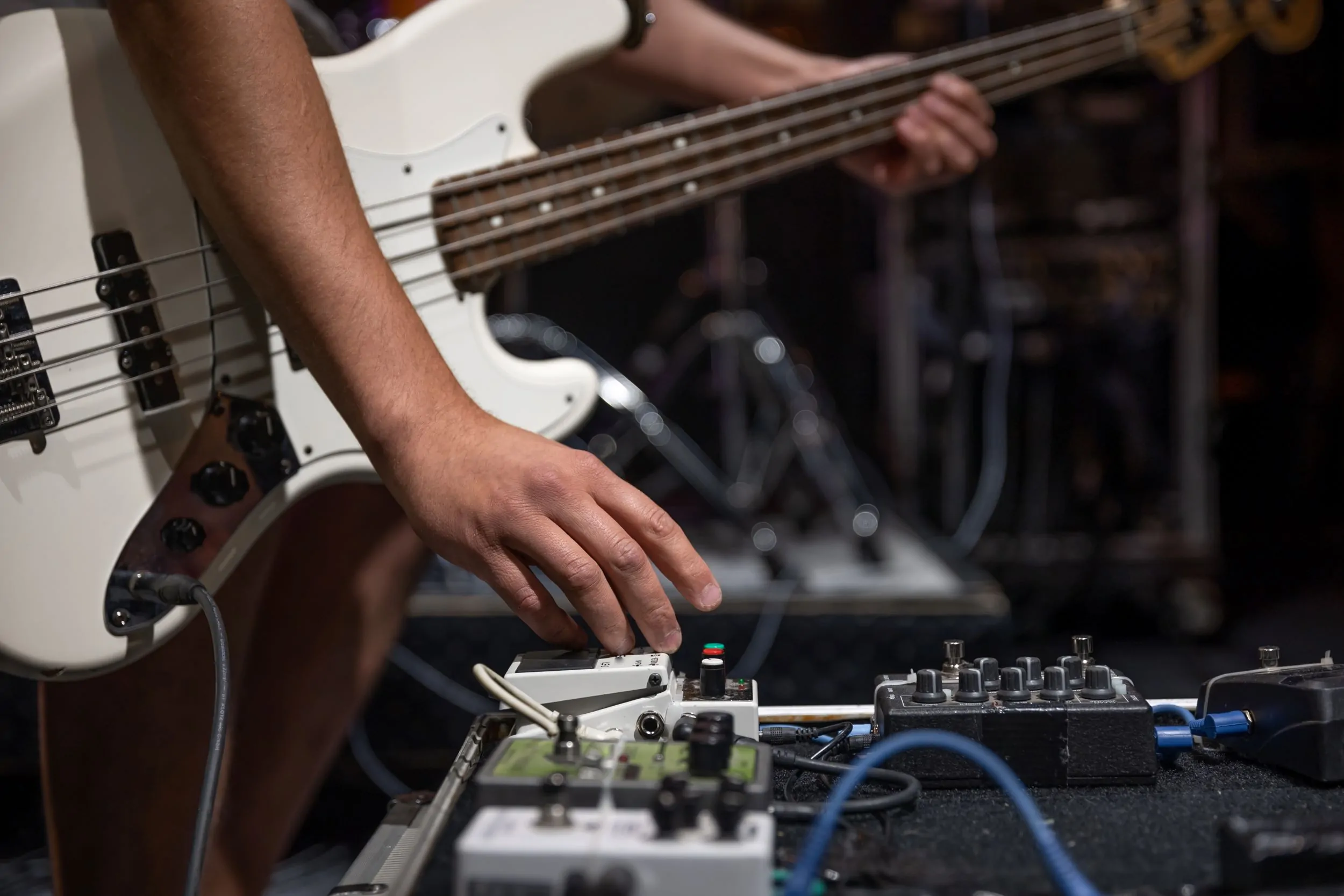
When it comes to guitar pedal order, getting the dynamics and gain staging right is crucial. In this section, I will discuss the placement of compressor, volume and gain pedals, and the nuances of drive pedals.
Compressor Placement
A compressor pedal is a dynamic range compressor that reduces the dynamic range of an audio signal. It is usually placed at the beginning of the signal chain, before any other effect pedals. This is because a compressor will even out the signal level, making it easier to drive other pedals and reducing the chances of clipping.
Volume and Gain Pedals
Volume and gain pedals are essential to shaping your guitar tone. A volume pedal can be used to adjust the overall volume of your signal, while a gain pedal can be used to add distortion or overdrive. It is important to place these pedals in the right order to achieve the desired effect.
A boost pedal is a type of gain pedal that is used to increase the volume of your signal without adding any distortion. It can be placed before or after a drive pedal, depending on the desired effect.
If placed before a drive pedal, it will increase the amount of gain and distortion. If placed after a drive pedal, it will increase the volume without affecting the amount of gain or distortion.
Drive Pedal Nuances
Drive pedals, such as overdrive, distortion, and fuzz, are used to add grit and distortion to your guitar tone. It is important to understand the nuances of these pedals to achieve the desired effect.
An overdrive pedal is a type of drive pedal that is used to add a mild to moderate amount of distortion to your signal. It is usually placed before a distortion pedal, as it will increase the amount of gain and distortion.
A distortion pedal is a type of drive pedal that is used to add a high amount of distortion to your signal. It is usually placed after an overdrive pedal, as it will increase the amount of gain and distortion.
A fuzz pedal is a type of drive pedal that is used to add a thick, fuzzy distortion to your signal. It can be placed before or after an overdrive or distortion pedal, depending on the desired effect.
Getting the dynamics and gain staging right is crucial to achieving the desired guitar tone. By understanding the placement of compressor, volume and gain pedals, and the nuances of drive pedals, you can create a signal chain that will help you achieve your desired sound.
Modulation and Tone Shaping
When it comes to guitar pedal order, modulation and tone shaping pedals play a crucial role in creating the desired sound. These pedals can add depth, texture, and movement to your tone, allowing you to experiment with various effects and create unique sounds that stand out.
EQ and Filter Effects
EQ and filter effects are essential in shaping the tone of your guitar. These pedals can cut or boost specific frequencies, allowing you to tailor your sound to fit the genre or style of music you’re playing.
For instance, a graphic EQ pedal can help you adjust the bass, mid, and treble frequencies, while a parametric EQ pedal can help you fine-tune specific frequencies.
Filter effects, on the other hand, can add a unique character to your tone by sweeping through the frequency range. Envelope filters, for example, can create a wah-like effect, while auto-wah pedals can automatically adjust the filter sweep based on your playing dynamics.
Modulation Pedal Placement
Modulation pedals, such as chorus, flanger, tremolo, and phaser, can add movement and depth to your sound. These pedals work by altering the pitch, volume, or timing of your guitar signal, creating a swirling, pulsating, or wobbling effect.
When it comes to pedal order, modulation pedals should be placed after the distortion or overdrive pedals. This is because distortion and overdrive pedals can compress and saturate your signal, making it harder for modulation effects to stand out.
Placing modulation pedals after distortion pedals allows you to preserve the clarity and definition of your tone while still adding movement and depth.
Experimentation is key when it comes to finding the right pedal order for your setup. While there are general guidelines to follow, ultimately, it’s up to you to find the order that works best for your sound. By trying out different pedal orders and combinations, you can discover new tones and effects that you may not have thought possible.
Time-Based Effects and Ambience
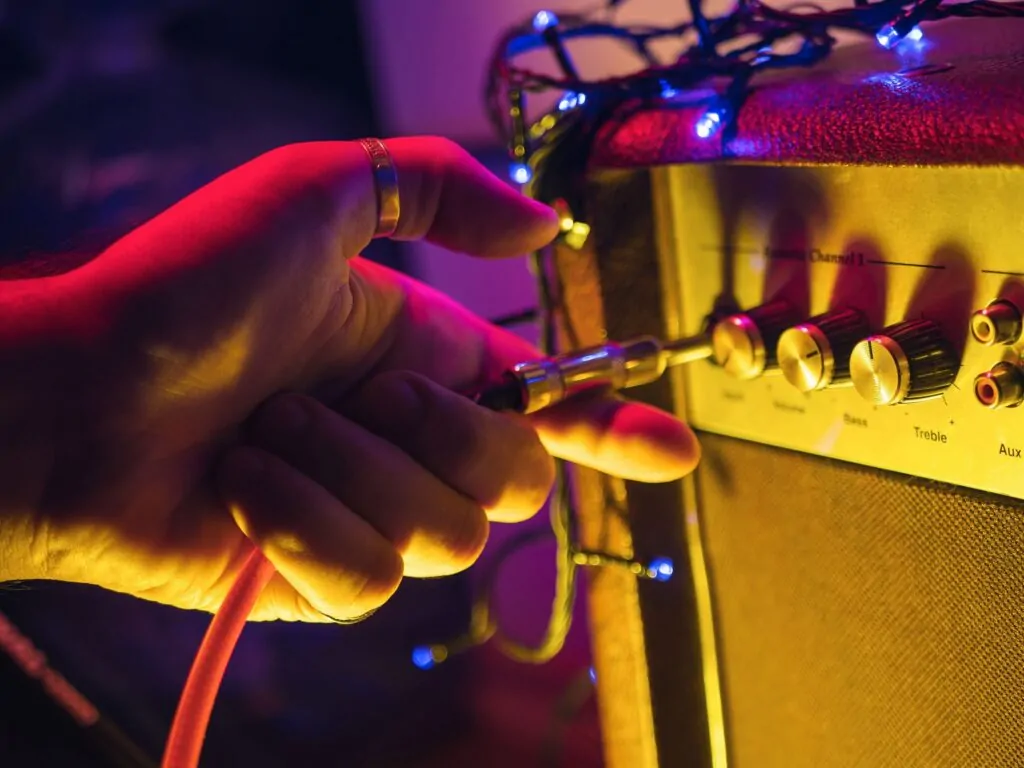
As a guitarist, I am always looking for ways to enhance my sound and add depth to my playing. One way to achieve this is by incorporating time-based effects into my signal chain. Time-based effects, such as delay and reverb pedals, can add a sense of ambience to your sound and create a more spacious tone.
Delay and Reverb Pedals
Delay pedals are used to create an echo effect, which can add depth and dimension to your sound. There are different types of delay pedals, including analog and digital. Analog delays tend to have a warmer, more natural sound, while digital delays can offer more precise control over the delay time and other parameters.
Reverb pedals, on the other hand, are used to simulate the sound of different acoustic spaces, such as a hall or a studio. They can create a sense of depth and ambience, and add a lush quality to your sound. Like delay pedals, there are different types of reverb pedals, including digital and spring reverb.
When it comes to incorporating delay and reverb pedals into your signal chain, there are a few things to keep in mind. First, it is generally recommended to place delay pedals before reverb pedals in your signal chain. This allows the delay to be processed before it is sent to the reverb, creating a more natural and cohesive sound.
Additionally, it is important to consider the length of your delays and the type of reverb you are using. Short delays can work well with hall or plate reverb, while longer delays can benefit from a more ambient reverb type, like a spring or room reverb.
Incorporating time-based effects, such as delay and reverb pedals, into your signal chain can add a sense of depth and ambience to your sound. By experimenting with different delay and reverb types and placements, you can create a unique and dynamic tone that enhances your playing.
Advanced Configurations and Tips
Effects Loop Integration
When it comes to integrating effects loops into your guitar pedal order, there are a few things to keep in mind. First, it’s important to understand that an effects loop is essentially a separate signal path that allows you to insert effects after the preamp section of your amplifier.
This can be useful for effects like time-based effects (reverb, delay, etc.) that you want to apply to your guitar’s signal after it has been amplified.
To integrate an effects loop into your guitar pedal order, you’ll need to use the “send” and “return” jacks on your amplifier. Simply connect the “send” jack to the input of your effects pedal(s), and then connect the output of your effects pedal(s) to the “return” jack on your amplifier.
Creative Experimentation
One of the best things about guitar pedals is that there are endless possibilities for creative experimentation. Don’t be afraid to try new things and see what sounds good to you. For example, you might try placing your distortion pedal before your wah pedal, or using a looper pedal to create complex soundscapes.
Maintaining Signal Integrity
Maintaining signal integrity is crucial when it comes to guitar pedal order. One way to do this is to use high-quality cables and power supplies. Additionally, using buffers can help to maintain the strength of your guitar’s signal as it travels through your pedalboard.
Another way to maintain signal integrity is to use a noise gate pedal. This can help to eliminate unwanted noise and hum that can be introduced by certain effects pedals.
The best guitar pedal order is one that is based on your personal preference and the sound you’re trying to achieve. Don’t be afraid to experiment and try new things, and always be on the lookout for deals on high-quality pedals that can help take your sound to the next level.
Frequently Asked Questions
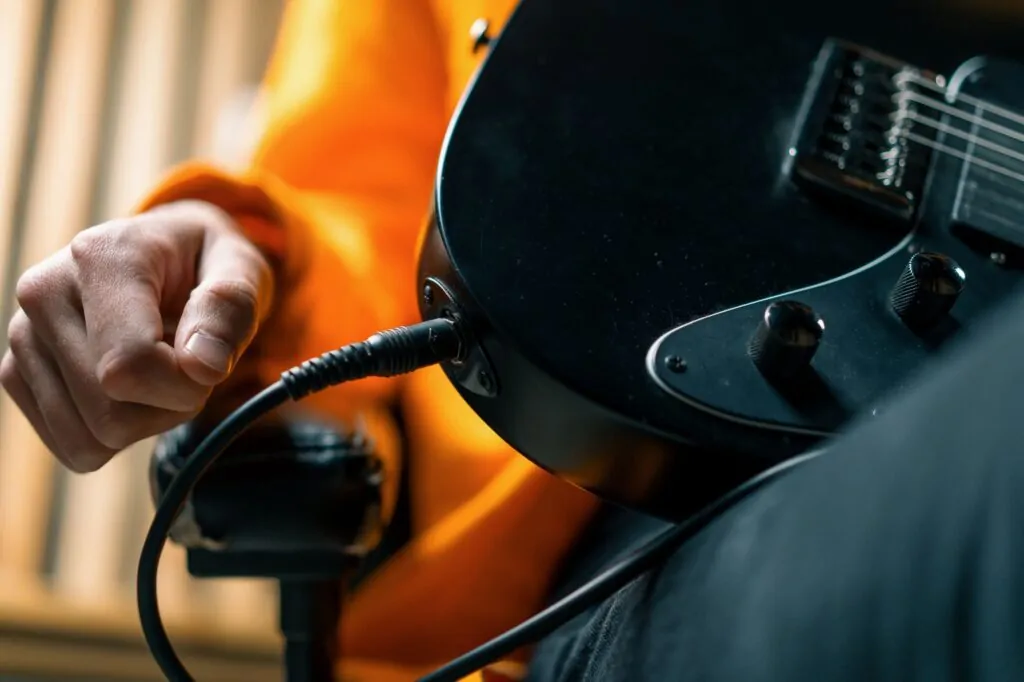
What is the recommended signal chain for setting up guitar pedals?
The most commonly recommended signal chain for guitar pedals is as follows: tuner, compressor, overdrive, distortion, EQ, modulation (chorus, flanger, phaser), time-based effects (delay, reverb), and the amplifier.
However, the order can be adjusted depending on your personal preference and the type of pedals you are using.
How does pedal order affect my guitar’s tone?
The order of pedals in your signal chain can significantly affect your guitar’s tone. For example, placing a distortion pedal before a delay pedal can result in a muddy and indistinct sound, while placing the delay before the distortion can create a more spacious and atmospheric sound.
Experimenting with different pedal orders can help you find the tone that best suits your playing style.
Which pedals should be placed before the amplifier’s effects loop?
Modulation and time-based effects should generally be placed in the amplifier’s effects loop, while overdrive and distortion pedals should be placed before the amplifier’s input.
Placing modulation and time-based effects in the effects loop can help preserve the clarity of your guitar’s tone, while placing overdrive and distortion pedals before the input can help create a more natural and dynamic sound.
Where should an equalizer pedal be placed in the signal chain?
An equalizer pedal can be placed either before or after the overdrive and distortion pedals, depending on your preference. Placing the equalizer before the overdrive and distortion pedals can help shape your guitar’s tone before it is distorted, while placing it after the pedals can help fine-tune the overall sound.
What is the difference between placing a noise gate before or after distortion?
Placing a noise gate before distortion can help reduce unwanted noise and hum, but it can also affect the overall tone of your guitar. Placing the noise gate after distortion can help preserve the tone while still reducing noise and hum.
How can I integrate both overdrive and distortion pedals effectively?
Using both overdrive and distortion pedals can help create a more complex and dynamic sound. To integrate them effectively, try placing the overdrive pedal before the distortion pedal.
This can help create a more natural and responsive sound, while placing the distortion pedal before the overdrive can create a more compressed and saturated sound.

My name is Howard Matthews and I have been playing the guitar since I was knee-high. My parents like to joke that I was pulling the strings even before I was born. In fact, one of my earliest memories is sitting on the couch with my dad’s guitar, wreaking havoc on the chords.
Now, 40 years later, I can attest that I play them much better than I did back then. I have followed in the footsteps of both my parents – much to their delight – and have been the main guitarist in my band for the best part of three decades.
Music has always been my passion, and until recently my life has been so consumed with it that I haven’t had a moment to have a breath (and I wouldn’t have it any other way)!

